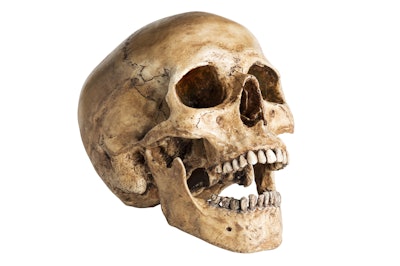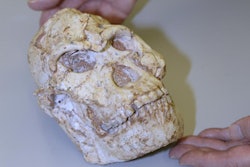
The ancestry of ancient individuals from Asia and North and South America were predicted by analyzing tooth variations, shedding light on their migration 16,000 years ago. The study was published in the American Journal of Biological Anthropology.
Arctic and non-Arctic Native Americans are related to East Asian groups and derived from these populations at about the same time, reinforcing results from previous studies, according to the paper's authors. Therefore, Arctic Native Americans did not descend to North America in a late, separate migration.
“Our principal observations and conclusions are closely related to each other and support a new model for the peopling of the Americas that we label ‘arctic first,’” wrote the authors, led by Richard Scott, PhD, an anthropology professor at the University of Nevada (Am J Biol Anthropol, November 28, 2023).
Dental morphology via biodistance analyses were used to determine the likelihood that an individual could be assigned to the following groups: American Arctic; North and South America; East Asia; Southeast Asia and Polynesia; Australo-Melanesia, Western Eurasia, and Sub-Saharan Africa. This was determined for 1,418 individuals from six regions across Asia and the Americas, according to the study.
Southeast Asians showed mixed ancestry, however, they were rarely assigned to American Arctic or Native American biogeographic groups. About 50% of the time, ancient individuals from East Asian were assigned to East Asia. Of the East Asian individuals, 30% were labeled Native American.
Between 75% and 85% of the time, ancient individuals from the American Arctic, as well as North and South America, were assigned to Arctic America or non-Arctic America. Meanwhile, 10% to 15% were classified as East Asian, Scott et al wrote.
Further data collection will be necessary to develop a searchable database that can be used to study global variation in dental morphology, they wrote.
“(These findings represent) the three major stages of geographic expansion in the Western Hemisphere (i.e., Beringia, the Pacific Northwest coast, and remaining areas of North & South America), not three separate migrations from East Asia to the Americas,” they wrote.




















